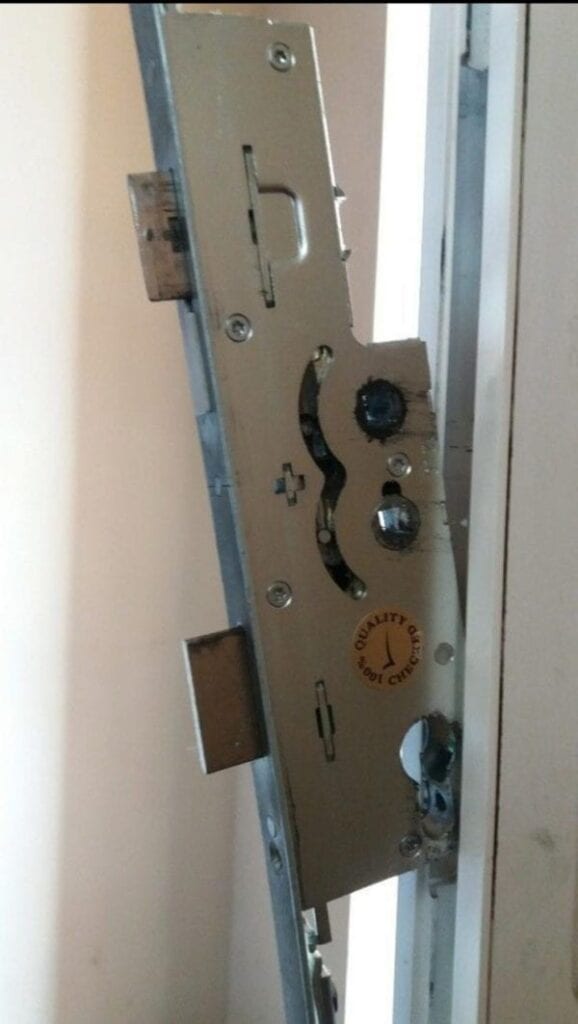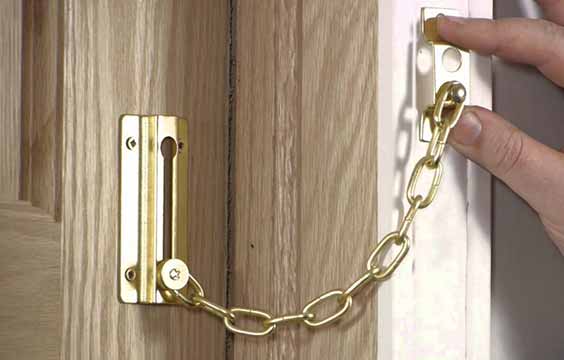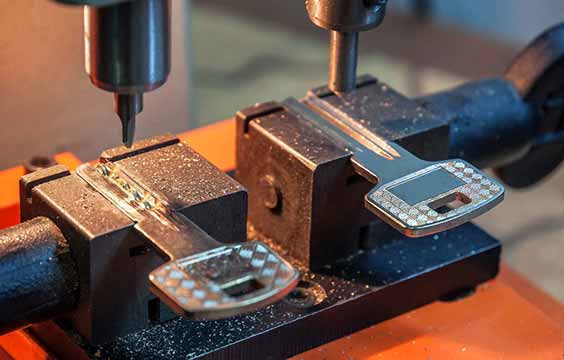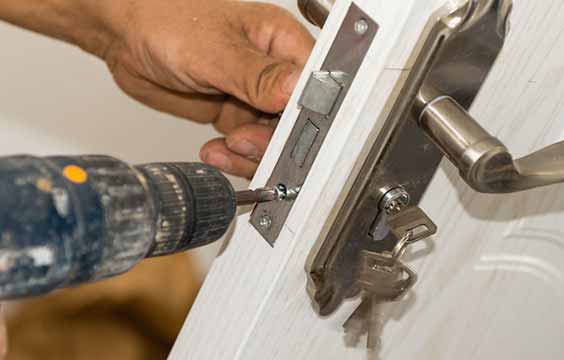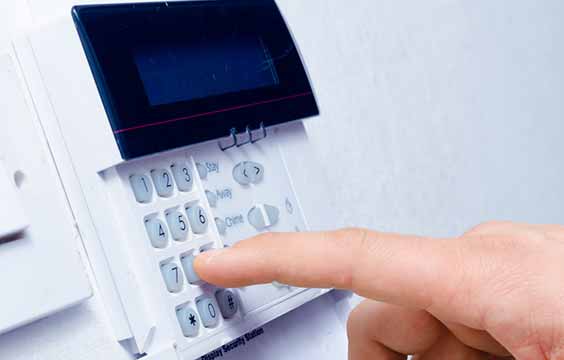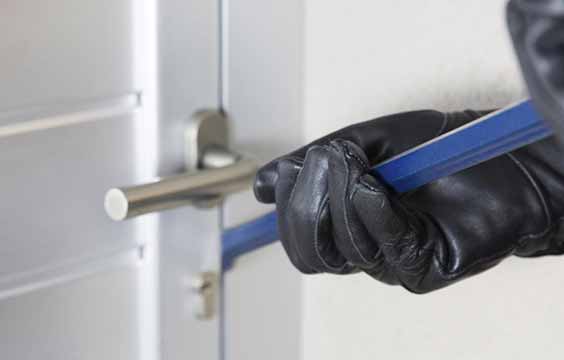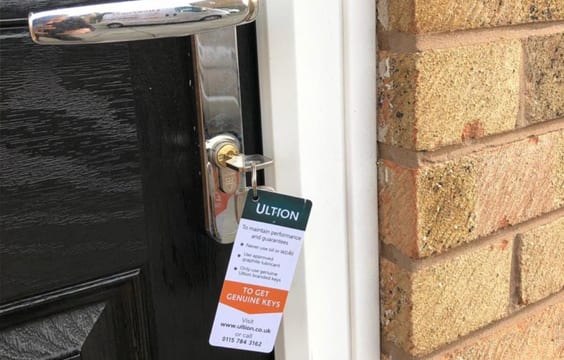What is a Lock Mechanism?
A lock mechanism is the collection of parts within a lock that, once assembled, allows it to work. In the majority of common locks, the lock mechanism holds or manoeuvres a latch, bolt, or shackle to the unlocked or locked position. Because there are so many types of lock types and designs, there are a great number of different types of locking mechanisms.
For example, a door lock houses a lock mechanism to move a latch or bolt. The latch or bolt is the part that extends into the strike, securing the door to the door frame. When the bolt is thrown, it moves into the strike and locks the door; when the bolt is released back out of the strike, the door is free to open.
In comparison, a padlock contains a mechanism that holds the shackle in the case or shell of the lock, or that allows the shackle to release.
Locks compared to Lock Mechanisms
It’s a good idea to know the difference between a lock and a lock mechanism. The word ‘lock’ is a common term that refers to any device fitted or attached to create better security. A padlock, a door lock, a car ignition lock—all of these are locks. A lock mechanism is the structure within a lock. I.E., a door lock may contain a pin tumbler mechanism, warded lock mechanism, or a disk tumbler mechanism, depending on how it was manufactured.
All lock mechanisms can be grouped into three basic types:
- combination lock mechanisms
- key-operated lock mechanisms
- electric lock mechanisms
